When starting out learning to drive, there are certain driving routines and phrases commonly used by driving instructors. These routines and phrases are used by instructors throughout the country and are designed to make learning to drive easier for the learner.
If you are learning to drive, or are about to teach someone to drive, it’s important that you know what these driving routines and phrases are. The routines and phrases apply to both manual and automatic cars, along with electric cars.
What Are the Driving Routines?
The driving routines that you must learn are as follows:
- D.S.S.S.M (Doors, Seat, Steering, Seat belt, Mirror)
- M.S.M (Mirror, Signal, Manoeuvre)
- M.S.P.S.L (Mirror, Signal, Position, Speed, Look)
- L.A.D.A (Look, Assess, Decide, Act)
- S.C.A.L.P (Safe, Convenient and Legal Position)
- P.O.M (Prepare, Observe, Move)
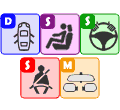 D.S.S.S.M
D.S.S.S.M
DSSSM makes up the cockpit drill that every learner driver must complete just after entering the car. The DSSSM routine stands for Doors, Seat, Steering, Seat belts and Mirrors. This complete guide fully explains how to carry out the cockpit drill.
![]()
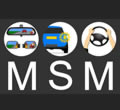 M.S.M
M.S.M
MSM stands for Mirror, Signal, Manoeuvre and is one of the first and most important driving routines that you’ll be taught when starting out learning to drive. Here we explain why the MSM driving routine is important and how to properly carry it out. The MSM driving routine, though still an excellent routine to abide by, is considered by some as being outdated. The MSM routine has been updated to the MSPSL routine.
![]()
![]()
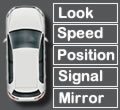 M.S.P.S.L
M.S.P.S.L
The MSPSL driving routine replaces the MSM routine and stands for Mirror, Signal, Position, Speed and Look. MSPSL is used for every junction and hazard that you approach. MSPSL is an essential driving routine that you should learn at the earliest opportunity. Here we explain what the MSPSL routine is, why you need to know it and how to do it with examples.
![]()
 L.A.D.A
L.A.D.A
The LADA routine follows on from the MSPSL driving routine and stands for Look, Assess, Decide and Act. The LADA routine is important because it represents a point at which many driving tests are failed. This tutorial explains what the LADA routine is and how to do it with an example.
![]()
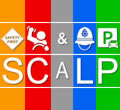 S.C.A.L.P
S.C.A.L.P
The SCALP driving routine stands for Safe, Convenient and Legal Position. SCALP is a crucial routine for learner drivers to correctly understand how to safely stop on the left side of the road and without inconveniencing other road users.
![]()
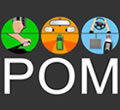 P.O.M
P.O.M
POM stands for Prepare, Observe and Move. Along with MSM, it’s one of the most important and first driving routine that you’ll be taught. This tutorial explains what the POM driving routine is, how to do it and when you should do it.
![]()
Driving Phrases
There are also a few phrases and terms that driving instructors use when teaching learners. These are as follows:
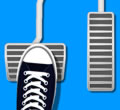 Cover the Brake
Cover the Brake
When starting out learning to drive, one of the most important phrases you’ll learn is to ‘cover the brake’. In this guide, we explain what cover the brake means, why we should cover the brake while driving and when to cover the brake.
![]()
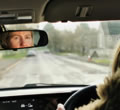 New Road, New Mirrors
New Road, New Mirrors
Whilst learning to drive, a phrase that you’ll need to teach your learner driver, or a phrase you may often hear repeated by your driving instructor is ‘new road, new mirrors’. Here we explain what the phrase means and why it’s important.
![]()
 Engine Braking
Engine Braking
‘Engine braking’ is a term used where you use the engine to help slow down your car rather than relying on the car’s brakes alone. It’s a simple process, but takes time to master. Engine braking is a term you may hear your driving instructor mention as there are many benefits in using it.
![]()
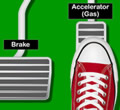 What is the ‘Gas’ Pedal?
What is the ‘Gas’ Pedal?
Another term that driving instructors use is called the ‘gas’ pedal. A commonly used term associated to the accelerator pedal, we look at the various phrases that driving instructors often use when teaching learners how to use the gas pedal.
![]()